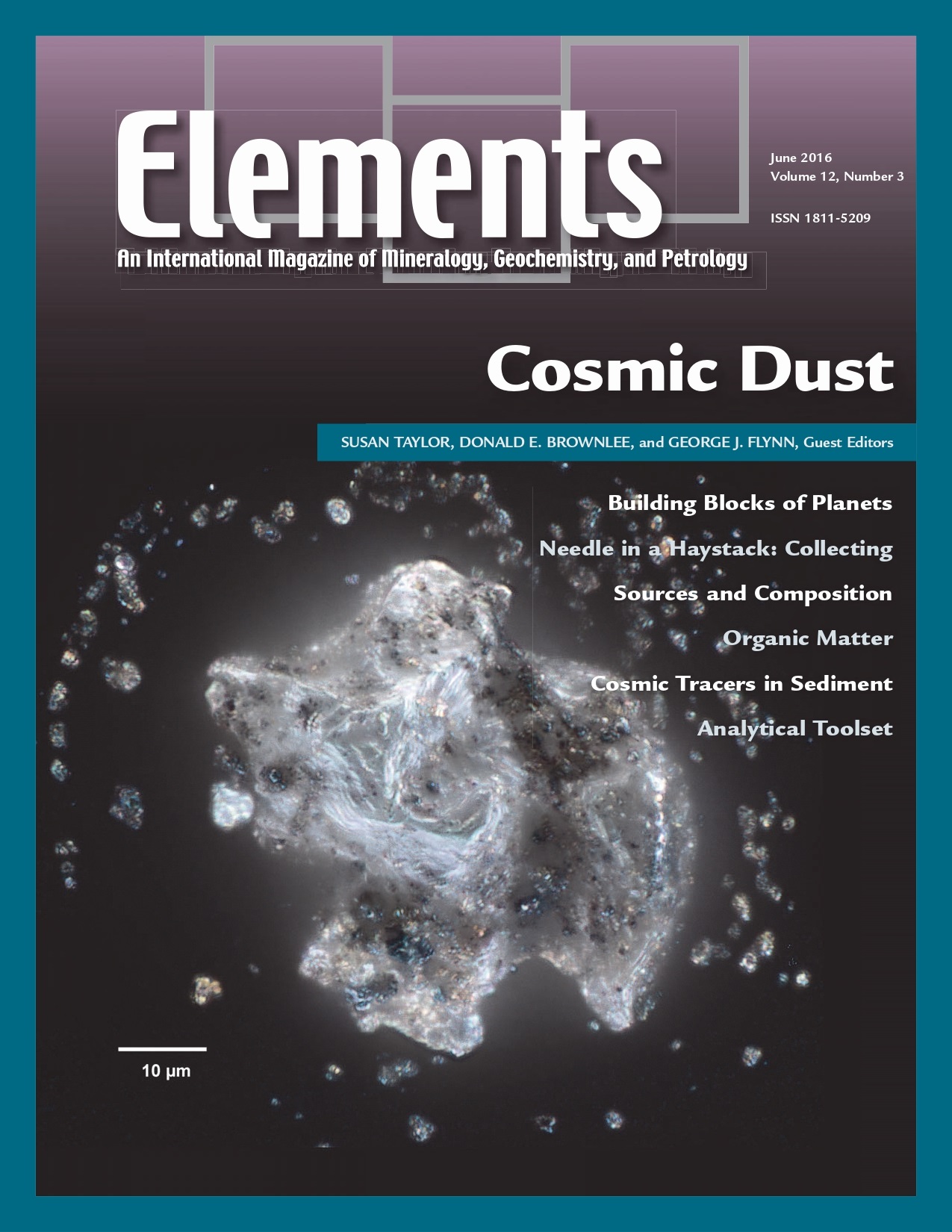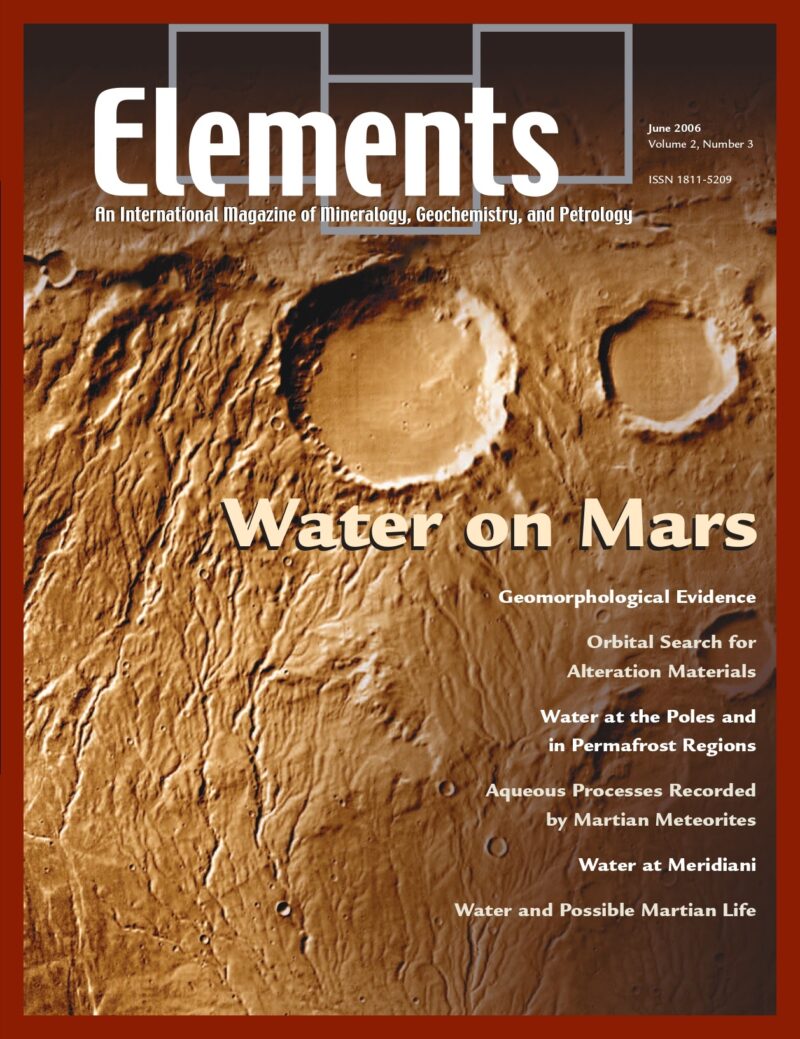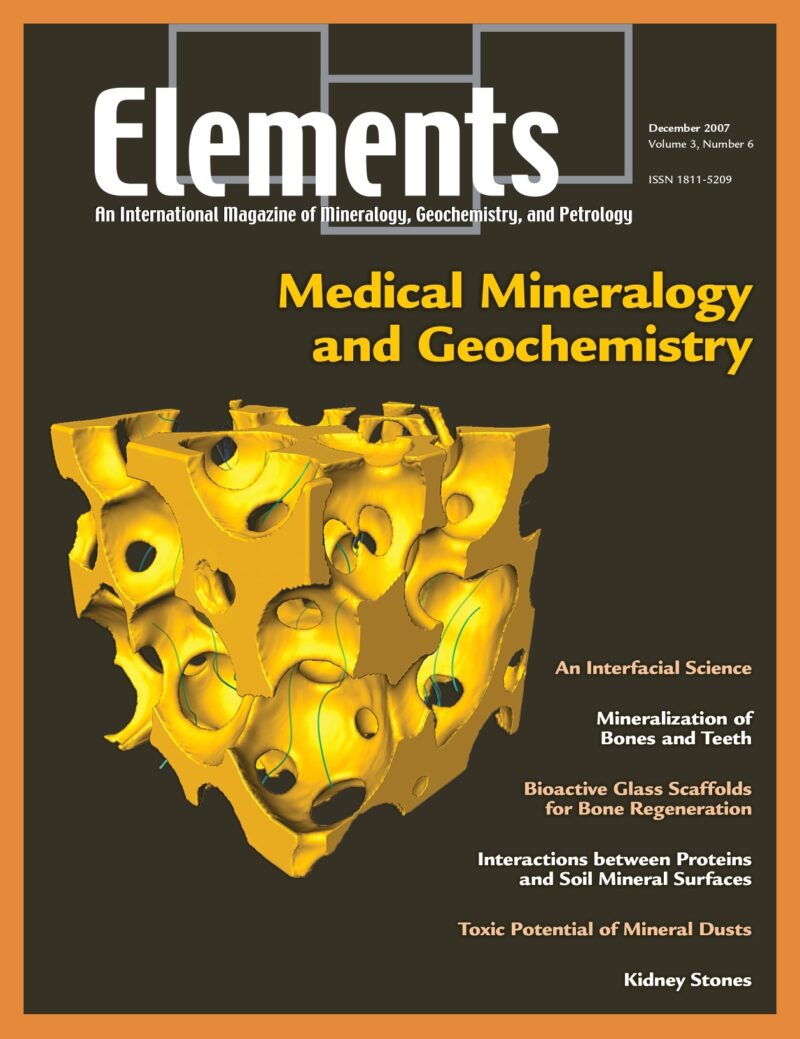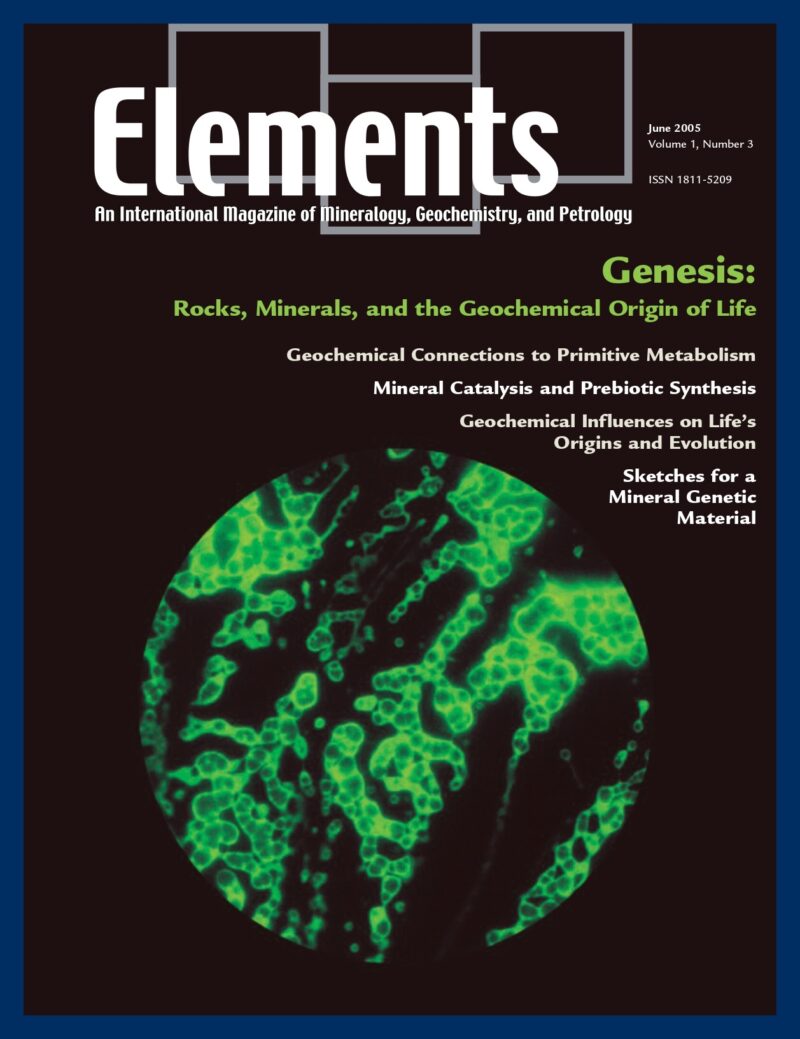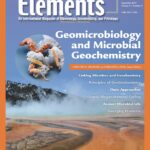
Geomicrobiology And Microbial Geochemistry, December 2015, Vol. 11, No. 6
June 28, 2024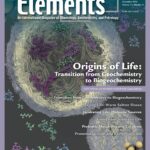
Origins Of Life: Transition From Geochemistry To Biogeochemistry, December 2016, Vol. 12, No. 6
June 28, 2024Cosmic Dust, June 2016, Vol. 12, No. 3
$20.00
Cosmic dust is submillimeter debris shed by comets, asteroids, moons, and planets. In the Solar System, this dust scatters sunlight (the zodiacal light), and it is detected around other stars by its infrared emission.
Cosmic Dust
June 2016, Vol. 12, No. 3
Cosmic dust is submillimeter debris shed by comets, asteroids, moons, and planets. In the Solar System, this dust scatters sunlight (the zodiacal light), and it is detected around other stars by its infrared emission. Cosmic dust enters Earth’s atmosphere at high speeds and at a rate of 100 tons a day. These small particles are the largest source of extraterrestrial material accreting on the present-day Earth and include interplanetary dust particles and micrometeorites. Although atmospheric entry heating and terrestrial weathering have modified many, some particles are pristine primitive extraterrestrial materials that contain high abundances of isotopically anomalous presolar grains and primitive carbon compounds that have not been altered since their formation. Cosmic dust analysis provides invaluable information on initial planetary building materials.
Why You’ll Love Elements Magazine:
- Expert Contributors: Articles written by renowned researchers in the field of geoscience.
- Engaging Content: Join a community of readers who are passionate about Elements.
- Exceptional Quality: Each issue is printed on high-quality paper with stunning visuals and detailed illustrations that bring complex scientific concepts to life.
Order your copy of the June 2016 issue of Elements magazine today and discover cosmic dust.
Related products
-
Water On Mars, June 2006, Vol. 2, No. 3
$20.00During the past several decades, spacecraft data have transformed the planets from astronomical objects into geologic worlds. Mars is the current focus of planetary exploration, and NASA’s objectives for this effort are based on the theme, “follow the water.
-
Medical Mineralogy And Geochemistry, December 2007, Vol. 3, No. 6
$20.00Medical mineralogy and geochemistry is an emergent, highly interdisciplinary field concerned with both normal and pathological interactions between minerals or amorphous inorganic solids and biomolecules or cells within the human body, and the transport and fate of prions and protein toxins in the soil environment. Prior research has, appropriately, focused on the complex genetic and molecular biological aspects, but there is a growing recognition of the vital need for understanding the surface and bulk properties and reactivities, especially at the challenging nanoscale characteristic of biomacromolecules and biominerals.
-
Genesis: Rocks, Minerals, And The Geochemical Origin Of Life, June 2005, Vol. 1, No. 3
$20.00Few scientific questions so capture the public imagination, or provoke such lively debate, as how life on Earth emerged. In this issue of Elements, four of the most creative minds in origins research present their original insights on the geochemical origins of life.

